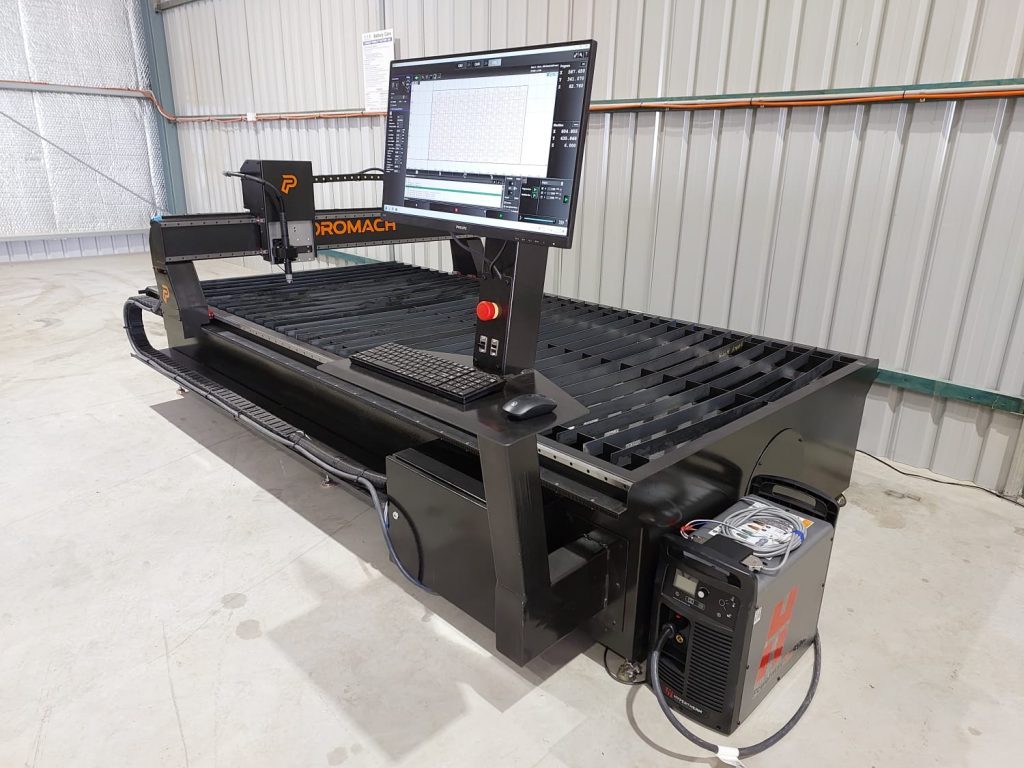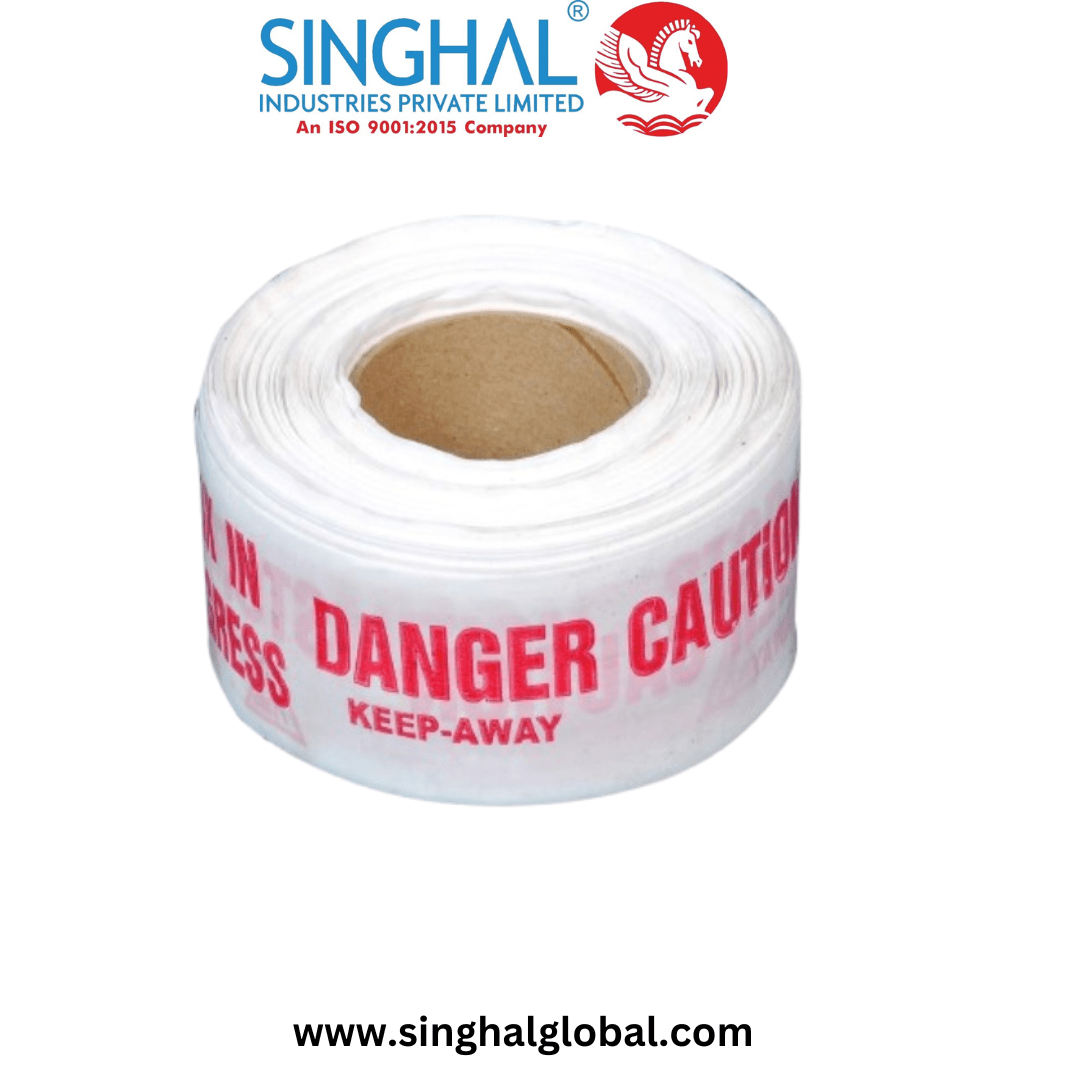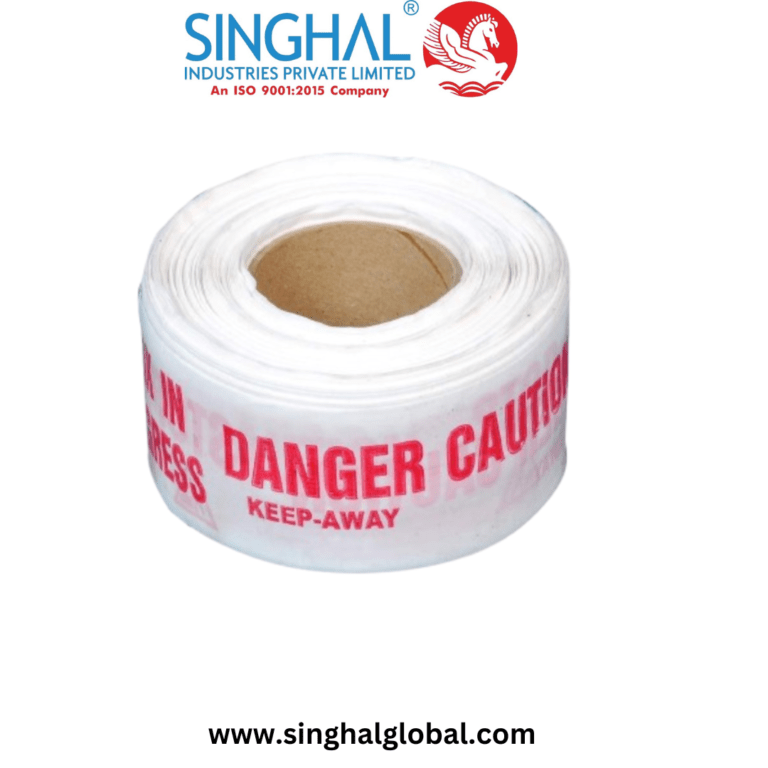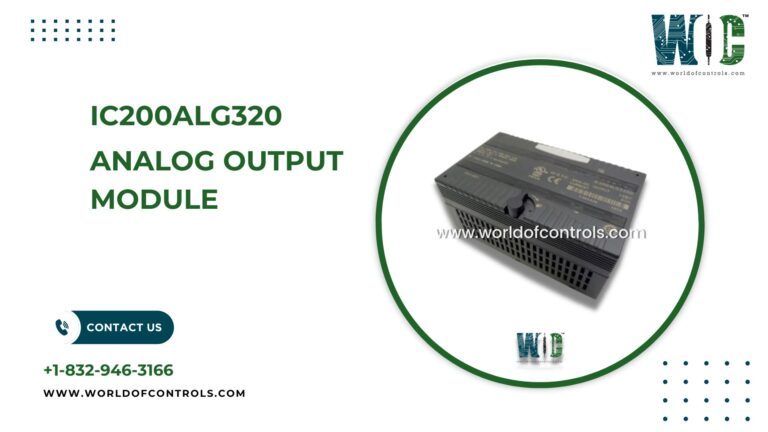In today’s fast-paced industrial era, manufacturers must constantly find ways of producing top-quality products at affordable costs and speed. Behind this revolution lies one single technology: the CNC plasma cutter. What was initially seen as a specialty device for large-scale operations, the CNC plasma cutter machine has quickly become an integral component of contemporary manufacturing. It delivers precision, efficiency, and versatility that can be difficult for conventional cutting processes to achieve.
What Is a CNC Plasma Cutter?
A CNC (Computer Numerical Control) plasma cutter is a computer-controlled machine that employs a high-speed jet of ionized gas (plasma) to cut electrically conductive materials such as steel, aluminum, brass, and copper. Governed by a computer program, the plasma cutter traces a pre-programmed path to make accurate and repeatable cuts.
This technology blends plasma cutting’s speed and power with computer-aided accuracy, making it perfect for the automotive, aerospace, construction, and metal fabrication industries.
Revolutionizing Manufacturing Processes
CNC plasma cutters are essential in revolutionizing product development, prototyping, and production. Here’s how:
1. Unparalleled Precision and Repeatability
CNC plasma cutters are incredibly accurate, frequently cutting in a fraction of a millimeter. This precision guarantees consistent product quality, a critical factor in industries with close-to-precision tolerances. Once a design is loaded into the system, the machine can make the same cut repeatedly, eliminating human error and supporting more consistent output quality.
2. Speed and Efficiency
In contrast to traditional cutting techniques or conventional mechanical devices, plasma cutters move at much faster rates. This implies quicker turnaround times and more jobs that manufacturers can undertake without a drop in quality. High-speed cutting is also more economical and helps reduce downtime.
3. Cost Savings and Material Optimization
CNC plasma cutting minimizes waste in that it is able to cut accurately with low kerf (cut width). This not only saves on the cost of material but also assists manufacturers in realizing more value for every metal sheet. Additionally, automation saves on labor cost and post-process work such as grinding or smoothing.
4. Flexibility in Design and Application
Modern CNC plasma cutters can handle complex shapes and intricate designs that would be difficult or impossible with manual tools. Whether it’s a one-off prototype or a large production run, the machine can easily switch between different designs without retooling, allowing manufacturers to adapt quickly to customer demands and design changes.
5. Scalability for All Business Sizes
CNC plasma cutters are available in many sizes and shapes, from tiny workshops to huge factories. This makes them scalable to suit small and medium-sized businesses (SMEs) so that they can enjoy high-tech manufacturing without having to make a huge initial investment.
Future Outlook
With industries adopting smart manufacturing and Industry 4.0, CNC plasma cutters are more and more integrated with automation, robotics, and artificial intelligence. Remote monitoring, predictive maintenance, and cloud-based design libraries are becoming the norm, and the technology becomes even more efficient and easier to use.
Additionally, as material science continues to evolve, plasma cutters are changing to cut a wider variety of materials and thicknesses. This flexibility will further establish their place in the future of manufacturing.
Final Thoughts
Plasma table cutter is more than a machine that cuts—they are strategic machines that provide manufacturers with a competitive advantage. With their accuracy, efficiency, and adaptability, they simplify production, minimize costs, and open the door to smarter, more effective manufacturing processes.
Whether you’re a small business looking to scale or a large manufacturer aiming to optimize your operations, investing in a CNC plasma cutter could be the key to staying ahead in an increasingly competitive market.














